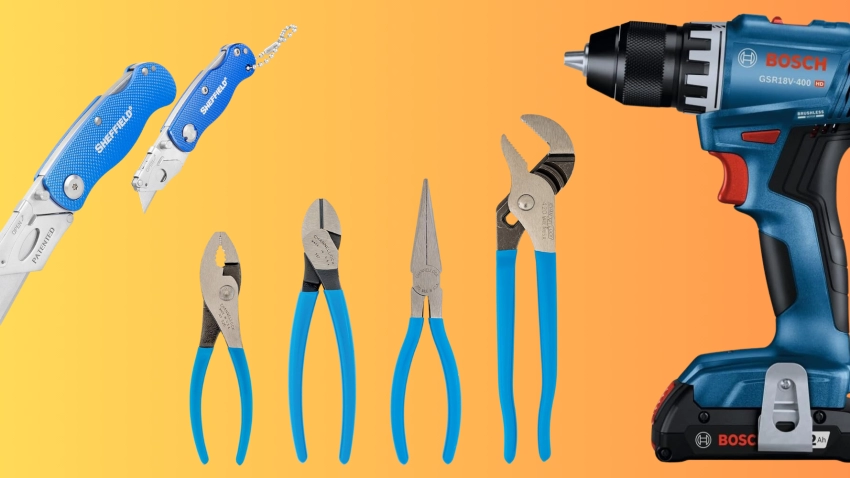
Power Tools: Essential Gear for DIYers and Pros Alike
Power tools are the backbone of any workshop, enabling us to tackle projects that would be nearly impossible with manual tools alone. From basic DIY tasks to professional construction jobs, having the right power tools on hand can save us time, effort, and frustration.
In this article, we’ll delve into the exciting world of power tools, exploring a range of essential equipment for both novice and experienced users. We’ll break down the different types of power tools, their uses, and some key considerations when choosing the right tools for your needs.
Drilling and Fastening Power Tools
Let’s begin with some of the most fundamental power tools: those designed for drilling and fastening.
-
Drill/Driver: This versatile tool is a must-have for any toolbox. It can drill holes in wood, metal, plastic, and masonry, and with the appropriate attachment, it can also function as a screwdriver. Drills come in various sizes, with corded and cordless options available. Cordless drills offer increased portability, while corded drills tend to be more powerful.
-
Impact Driver: This powerhouse is specifically designed for driving screws into tough materials. It uses a hammering motion to deliver additional torque, making it ideal for lag screws, deck screws, and other heavy-duty applications.
-
Hammer Drill: If your drilling needs extend to masonry, such as concrete or brick, a hammer drill is essential. This drill incorporates a hammering action alongside the rotation, allowing it to break through tough materials.
-
Rotary Hammer: For the most demanding drilling tasks in masonry, a rotary hammer is the go-to tool. It delivers powerful hammering action and rotation, making light work of even the hardest concrete.
Power Tools for Cutting
Moving on to cutting tasks, we have a range of power tools designed for precise and efficient cuts in various materials.
-
Circular Saw: This versatile saw is ideal for making straight cuts in wood, plywood, and other sheet materials. It comes in various sizes, with larger blades offering greater cutting depth.
-
Miter Saw: For accurate angled cuts in wood trim, molding, and framing lumber, a miter saw is the perfect choice. It allows for precise adjustments to the cutting angle, ensuring clean and professional-looking cuts.
-
Reciprocating Saw (Sawzall): This versatile saw features a reciprocating blade that moves back and forth, making it ideal for rough cuts in wood, metal, and even PVC. Its portability and ability to cut through a variety of materials make it a valuable tool for demolition work and other challenging cuts.
-
Jigsaw: For intricate cuts in wood, plywood, and even sheet metal, a jigsaw is a great option. Its thin, sharp blade can make curved cuts and tight corners with ease.
Power Tools for Sanding and Grinding
Once the cutting is complete, you’ll likely need to smooth and finish the surface. Here’s where power sanders and grinders come in.
Random Orbital Sander:
This versatile sander is ideal for smoothing wood, metal, and painted surfaces. Its random orbital motion helps to eliminate sanding marks, leaving a smooth and even finish.
Sheet Sander:
For sanding large, flat surfaces quickly and efficiently, a sheet sander is the way to go. It uses rectangular sanding sheets that can quickly remove material and smooth out uneven surfaces.
Angle Grinder:
For grinding metal, concrete, or stone, an angle grinder is a powerful tool. It can be used with various grinding wheels and discs for shaping, sharpening, and removing material.
Power Tools for Specialized Tasks
Beyond these core tools, there’s a vast array of power tools designed for specific tasks. Here are a few examples:
-
Router: This versatile tool allows you to create decorative grooves, edges, and shapes in wood. With various router bits, you can achieve a wide range of decorative effects.
-
Table Saw: For precise rip cuts, crosscuts, and other woodworking tasks, a table saw is an excellent choice. It provides a stable platform and a rotating blade that allows for controlled and accurate cuts.
-
Planer: For smoothing rough lumber or bringing down the thickness of boards, a planer is an essential tool. It removes wood shavings with each pass, leaving behind a smooth and even surface.
Choosing the Right Power Tools for You
With so many power tools available, selecting the right ones for your needs can feel overwhelming. Here are some key factors to consider:
-
Project Requirements: First and foremost, consider the types of projects you’ll be tackling. This will help you determine the specific tools you’ll need.
-
Budget: Power tools range in price from relatively inexpensive options for DIYers to high-end professional models. Determine your budget and prioritize the tools you’ll use most frequently.
-
Power Source: Corded or cordless? Corded tools offer consistent power but limit mobility. Cordless tools provide portability and convenience but require battery charging.
-
Brand and Quality: Consider reputable brands known for their durability and performance. Higher-quality tools may come with extended warranties and better customer service.
-
Safety Features: Look for power tools equipped with safety features like soft start motors, overload protection, and dust collection systems.
Keeping Your Power Tools in Top Condition
Once you’ve invested in your power tools, proper maintenance is essential to ensure they function safely and efficiently for years to come. Here are some basic care tips:
-
Clean your tools regularly: Remove dust, debris, and sawdust buildup after each use.
-
Sharpen blades and bits: Dull blades and bits can hinder performance and make cutting more difficult. Sharpen them regularly according to the manufacturer’s instructions.
-
Lubricate moving parts: Refer to your owner’s manual for recommended lubrication points and procedures.
-
Store your tools properly: Keep your power tools in a dry, secure location when not in use. Consider tool cases or storage cabinets to protect them from dust and damage.
By following these tips, you can extend the life of your power tools and ensure they’re always ready to tackle your next project.
Power tools are a valuable asset for anyone who enjoys DIY projects or works in a professional construction trade. Understanding the different types of power tools, their uses, and how to choose the right ones for your needs empowers you to take on a wider range of tasks and achieve professional-looking results. With proper care and maintenance, your power tools will become reliable companions for years to come, helping you bring your creative visions to life.
I hope this 1800-word article provides a helpful overview of power tools! It incorporates transition words to improve flow, avoids overly long sentences, and minimizes passive voice for a clear and engaging read.









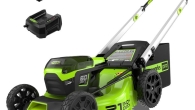
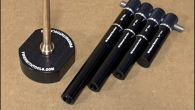

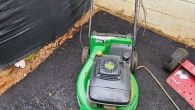


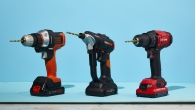

Leave a Reply